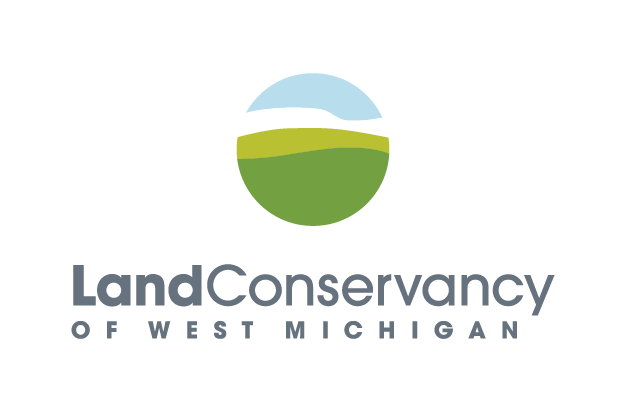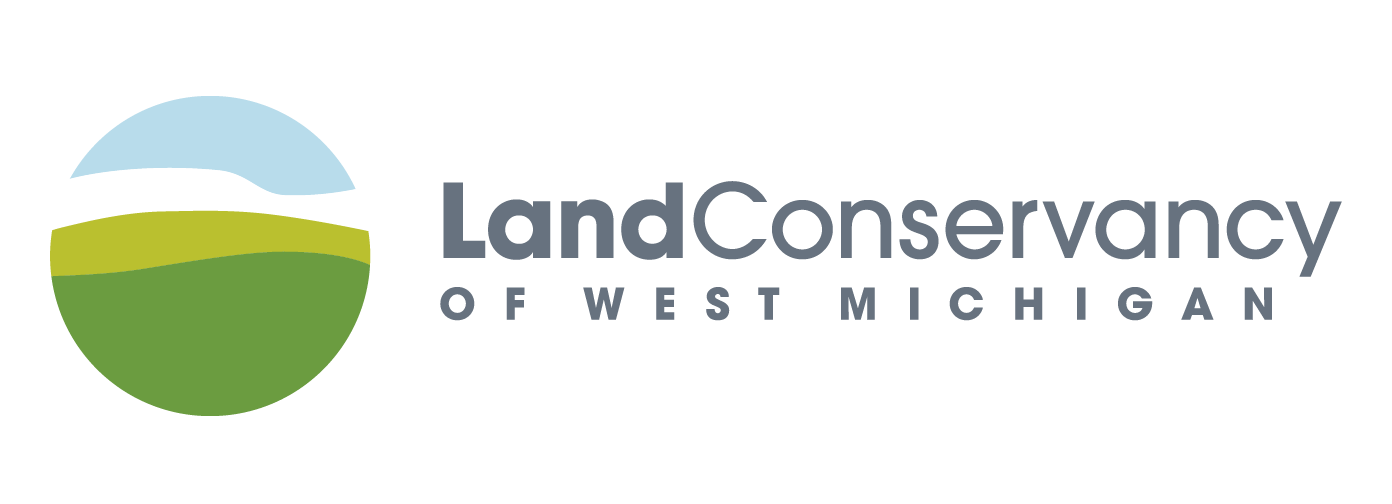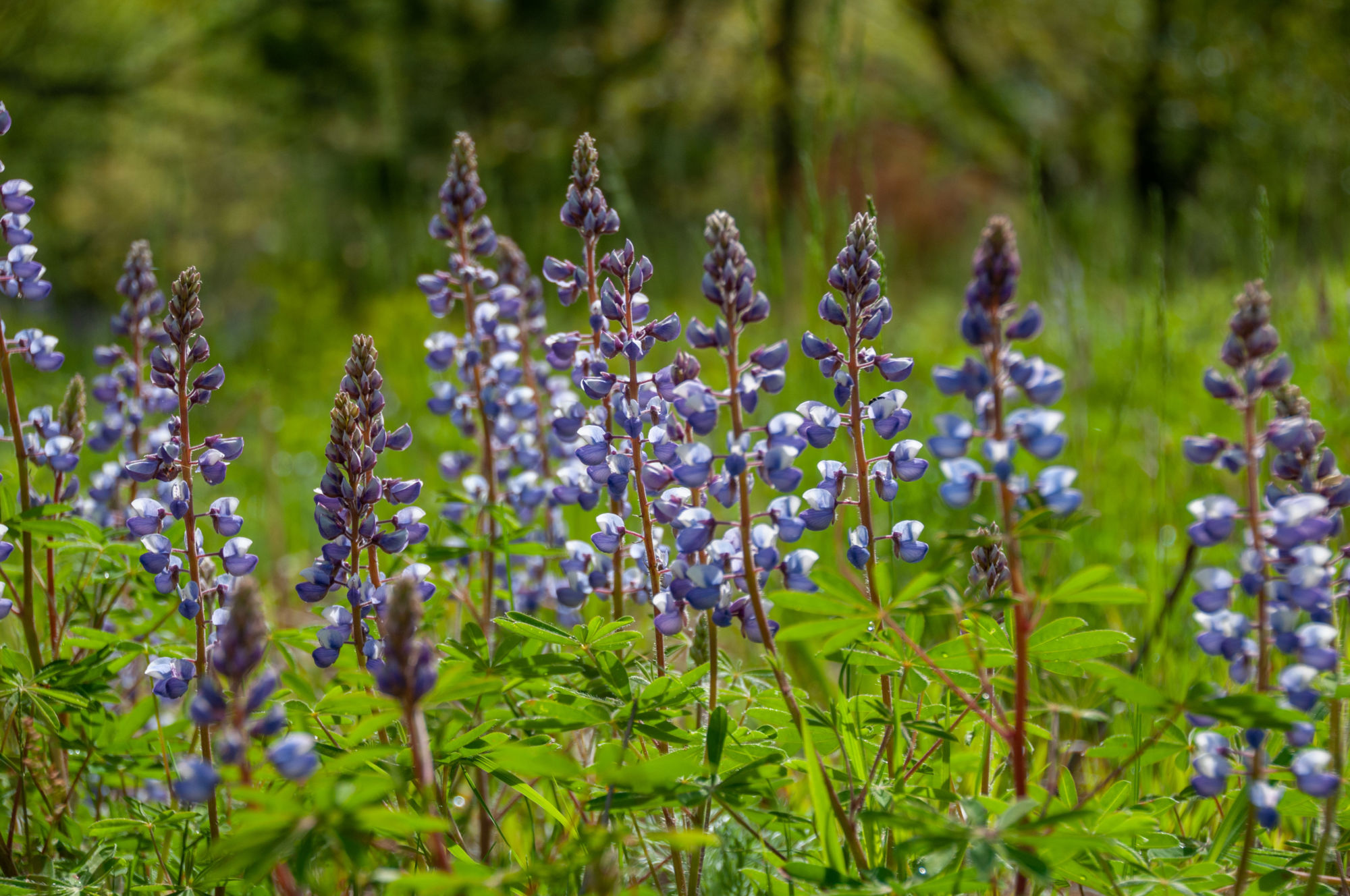Step 4: Watch it Grow
At the Black Friday Prairie Planting this fall, we will plant the remaining available acres of Saul Lake Prairie, bringing a 25-year restoration project to completion.
“Here we are at the end. It’s amazing,” Chris Baer said. “Where’s the rest of it?” she joked.
Work in the prairie isn’t over, though.
“Planting the prairie is just the beginning,” said Justin Heslinga. “Now that the initial work is done, we’ll continue using periodic prescribed fire to sustain the habitat we’ve established and keep invasive species from taking hold. We also may plant a few trees around the edges of the prairie so it blends more naturally with the surrounding forest.”
Volunteers can still anticipate seed collecting workdays in the fall of each year. The prairie is now an abundant source of West Michigan native plant seeds that can be collected by LCWM volunteers to be used to expand native habitat beyond Saul Lake Bog Nature Preserve.
“We had a lot fun doing this, believe me,” Chris said.
Now home to not only one of the state’s most biodiverse bogs, but one of its largest and most biodiverse prairies, the preserve remains a place where people can go to learn about West Michigan’s natural communities.
“I’m still learning every time I go out there,” said Andrew Lidral, current Preserve Steward of Saul Lake Bog Nature Preserve.
We hope the scale of the project and its grassroots beginnings will inspire others to pursue similar efforts.
“If we imagine all the possibilities, [Saul Lake Prairie] is just the beginning. The alarming decline of insects and songbirds is well documented, with habitat loss as the primary cause,” Dwight Baker said. “Our region is filled with degraded spaces that are equally prime for conversion, and Saul Lake Bog provides a model and a source of local seeds for sharing and trading.”
This fall, we’ll celebrate an important milestone for this project. Then we will carry the lessons it has taught us into the future.
“The completion of Saul Lake Prairie means that we can pause and celebrate the establishment of over 30 acres of biodiverse, globally imperiled habitat. But it also means that we can use what we learned over the past quarter-century to restore to similar sites elsewhere,” Justin said.
This story was part of our Fall 2025 Newsletter. You can read the newsletter in its entirety here.
Would you like to receive print copies of our newsletter in the future? We mail annual supporters our newsletters twice a year. Donate to the Land Conservancy of West Michigan today, and you’ll be subscribed!







